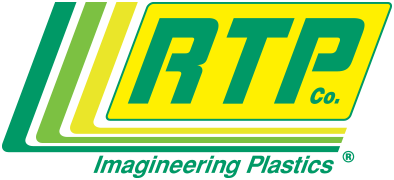Search Case Studies
End-Use Case Study
- Protect sensitive electronics from outside interference
- Custom formulations solve applicaton specific problems
 Molded conductive composites for EMI/RFI shielding are most difficult to qualify by pre-assembly testing. Several methods are useful for ranking or comparing candidate materials, but no test method exists that can truly qualify the shielding effectiveness of a molded part without full assembly of components and operation.
Molded conductive composites for EMI/RFI shielding are most difficult to qualify by pre-assembly testing. Several methods are useful for ranking or comparing candidate materials, but no test method exists that can truly qualify the shielding effectiveness of a molded part without full assembly of components and operation.
Those electronic devices within the FCC’s jurisdiction must meet emitted energy limits established to protect surrounding susceptible circuitry. These emission limits usually result in a satisfactory amount of protection to the device from outside interference. But the device must be fully assembled and operating during any testing; therefore the test method is not amenable to use as an in-process tool for a molding house.
Beyond the FCC’s jurisdiction, applications requiring shielding are usually more concerned with protection from outside interference. Interference limits exist in the form “the device must function as designed in the environment intended.” Therefore, an assembled and functional unit must be retested to establish a base line of acceptance. The shielding method employed, whether it be a metal case, a metallized enclosure, or a conductive / shielding composite will then establish the target or base line. A test sample of the shielding material would be cut form the device (or machined / molded and metallized / molded, respectively) to fit the required shape for testing. Other candidate materials, of any composition, can now be put through the same test procedures and compared or ranked versus the original material.
Screening methods available include the following:
- Shielded box
- Transmission line
- Volume resistivity
- Reflectance
The shielded box and transmission line methods have been used for several years under various guises and are usually fine-tuned for the individual application through adjustment of spatial, electrical, and magnetic parameters. Volume resistivity is at best a crude and incomplete means to determine shielding valve and ordinarily would not be suggested until all screening and ranking is completed. The transmission line is utilized in ASTM D4935 and is perhaps now the test method of choice for the ranking / screening phase of application development, at least in terms of accuracy and repeatability. Reflectance measurements, when used in concert with either the shielded box or transmission line methods, can provide a reliable evaluation of parts as they are molded.
Whatever method is utilized, it must be remembered that shielding effectiveness is a sum of not only material capability but also the capability of the design of the enclosure and the electronic device itself. Over-design in one aspect cannot overcome under-design in another.




